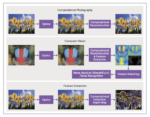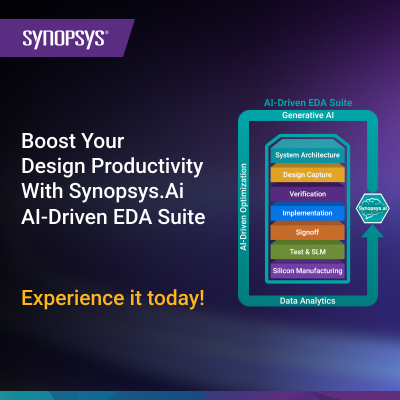Register Transfer Level (RTL) is a crucial and valuable concept in digital hardware design. Over the years, it has played a fundamental role in enabling design of complex digital chips. By abstracting away implementation details and providing a clear description of digital behavior, RTL has contributed significantly to the… Read More
Author: Kalar Rajendiran
Breakthrough Gains in RTL Productivity and Quality of Results with Cadence Joules RTL Design Studio
Reducing Electronic Systems Design Complexity with AI
In the world of electronic systems design, complexity has always been a major challenge. As technology advances and demands for more efficient and powerful electronic devices grow, engineers face increasingly intricate design requirements. These complexities often lead to longer design cycles, increased costs, … Read More
Siemens Enhances Supply Chain Visibility with Real-Time Intelligence for its Xcelerator Platform
Next generation electronic systems require an engineering approach incorporating a digital twin methodology for early verification with digital prototypes. Over the course of a design project, the digital twin model evolves to allow more complex interactions including analysis, simulations and validations earlier… Read More
Computational Imaging Craves System-Level Design and Simulation Tools to Leverage AI in Embedded Vision
Aberration-free optics are bulky and expensive. Thanks to high-performance AI-enabled processors and GPUs with abundant processing capabilities, image quality nowadays relies more on high computing power tied to miniaturized optics and sensors. Computational imaging is the new trend in imaging and relies on the fusion … Read More
Transforming the electronics ecosystem with the component digital thread
The transformation of the vertically integrated electronics value chain to a disaggregated supply chain has brought tremendous value to the electronics industry and benefits to the consumers. This transformation has driven the various players to become highly specialized in order to support the market trends and demands … Read More
Tensilica Processor Cores Enable Sensor Fusion For Robust Perception
While sensor-based control and activation systems have been around for several decades, the development and integration of sensors into control systems have significantly evolved over time. Early sensor-based control systems utilized basic sensing elements like switches, potentiometers and pressure sensors and were … Read More
Synopsys Expands Agreement with Samsung Foundry to Increase IP Footprint
Many credible market analysis firms are predicting the semiconductor market to reach the trillion dollar mark over the next six years or so. Just compare this to the more than six decades it took for the market to cross the $500 billion mark. The projected growth rate is incredible indeed and is driven by fast growing market segments… Read More
Semico Research Quantifies the Business Impact of Deep Data Analytics, Concludes It Accelerates SoC TTM by Six Months
The semiconductor industry has been responding to increasing device complexity and performance requirements in multiple ways. To create smaller and more densely packed components, the industry is continually advancing manufacturing technology. This includes the use of new materials and processes, such as extreme ultraviolet… Read More
Real-Time AI-driven Image Signal Processing with Reduced Memory Footprint and Processing Latency
In our day to day lives, we all benefit from image signal processing (ISP), whether everyone realizes it or not. ISP is the technique of processing image data captured by an imaging device. It involves a series of algorithms that transform raw image data into a usable image by correcting for distortions, removing noise, adjusting… Read More



















Facing the Quantum Nature of EUV Lithography